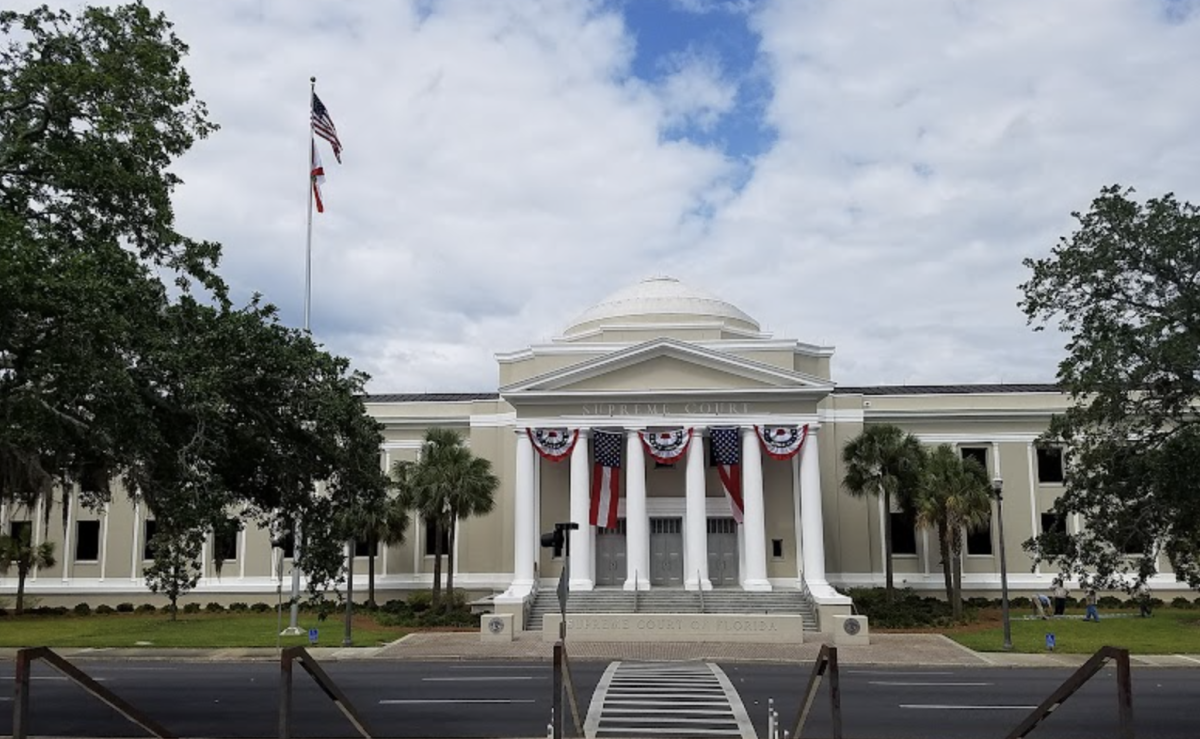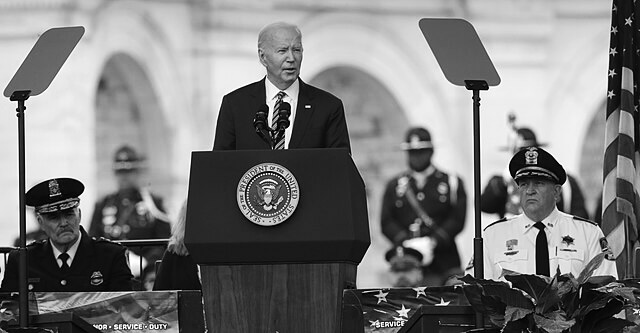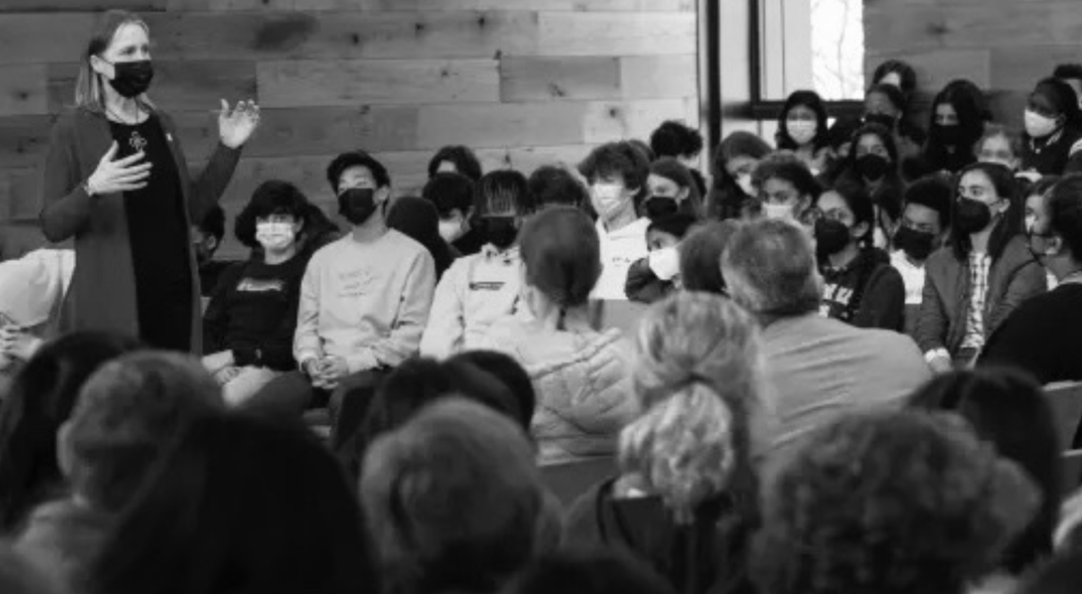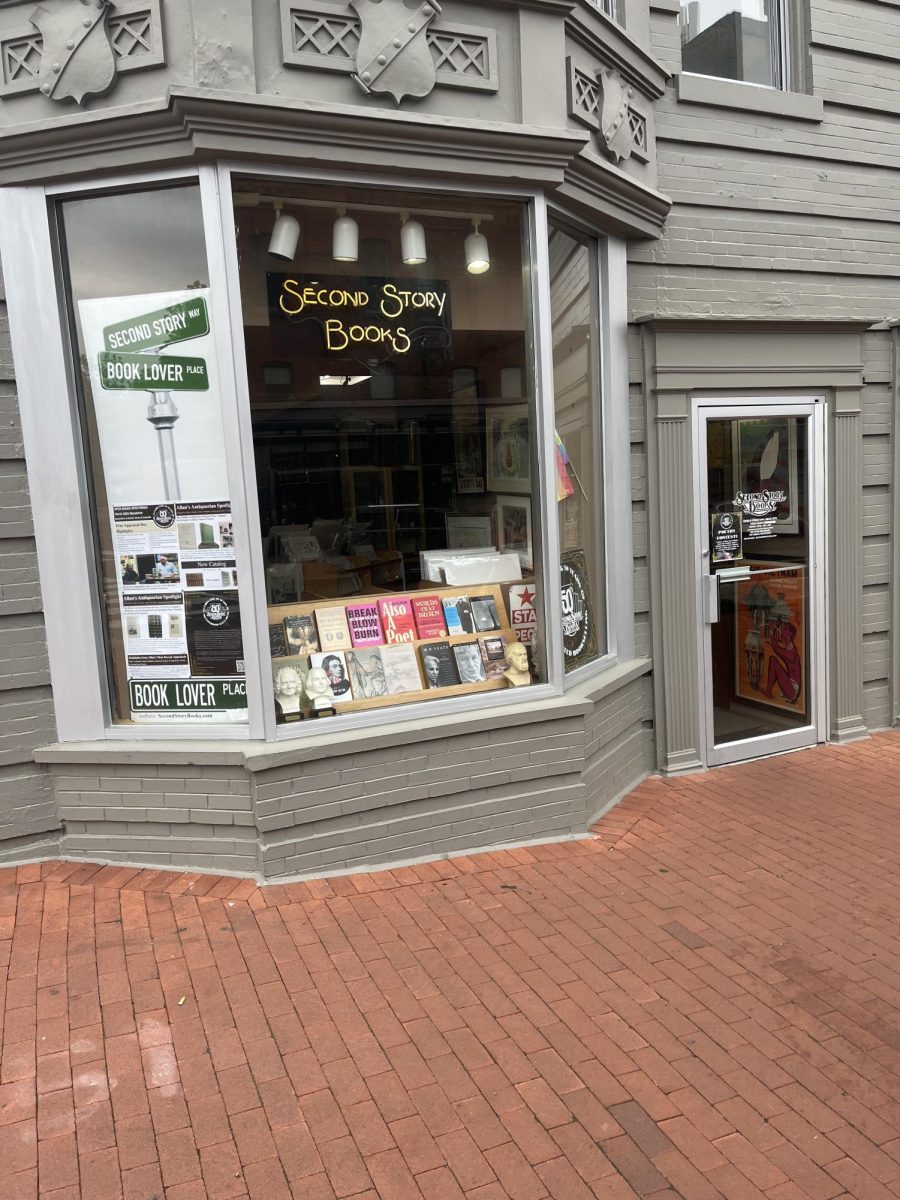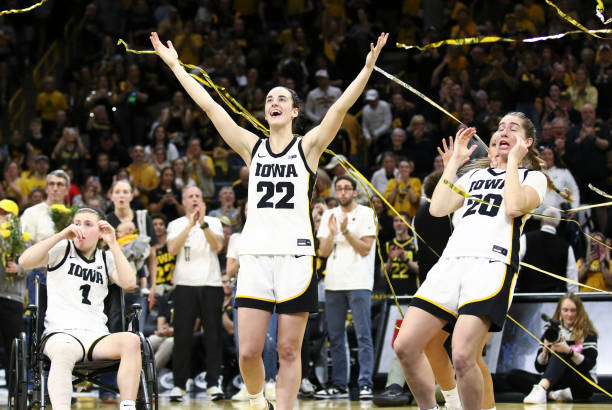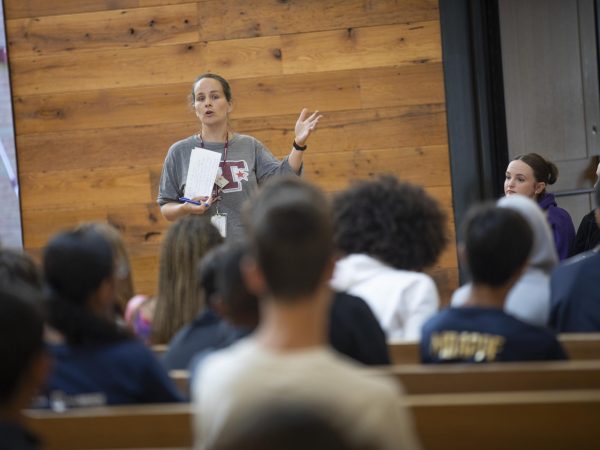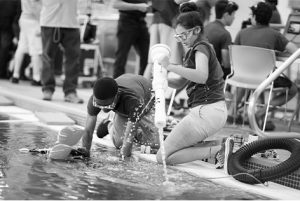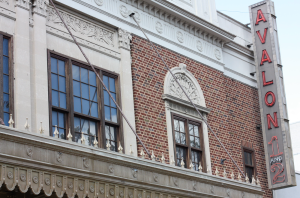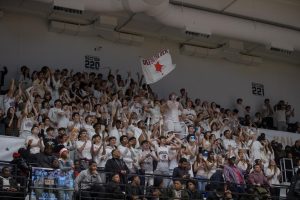How Can Sidwell’s Advisory System Best Support Students?
Sidwell’s advisory system builds community among students, fosters relationships with faculty members and allows students to voice their opinions. As of this school year, advisories became single-grade, a departure from the previous mixed-grade advisories where sophomores, juniors and seniors shared advisors. Currently, the advisory system mainly serves to streamline community-building activities, organize seating for collections and hand out report cards. Although these benefits are substantial, to further enhance the system, Sidwell should move the time of the advisory meetings to earlier in the day, create structure for meetings and reinstate the mixed-grade system.
Advisory takes place most Mondays after seventh period, which is a difficult time for students to remain engaged and excited. The combination of the meetings occurring on Mondays and being the last obligation of the day results in students being tired and unfocused rather than actively participating. If advisory takes place earlier in the day, students will be ready to embrace the experiences and lessons learned during the meetings. Though changing the schedule may take a small amount of time away from break, lunch or classes, the experiences and community-building would be worthwhile.
Additionally, to ensure productive meetings, advisory time should follow a consistent structure across all advisories. Currently, each advisor decides how their own meetings will be formatted. However, although advisory should remain relaxed and any guidelines should be loose, a common program across advisories would make meetings more valuable. For each meeting, there could be a required takeaway that each student has to submit to the advisor. This could include something as small as a humorous anecdote or as big as a piece of advice they learned. Also, queries could be posted each advisory meeting to encourage discussion, as students will feel more inclined to participate if there is some extent of structure to conversations. Furthermore, part of advisory time should be consistently designated to individual meetings between students and advisors, as some advisories already do. This time could be used for students to voice feedback on the state of the school, classes, extracurriculars or any other topic. This would also help strengthen connections between students and advisors, helping to foster a community that is strong, connected and inclusive.
The advisory system should also return to mixed-grade groups. By reconnecting students across grades, the advisory system can facilitate a stronger sense of community at Sidwell. With this advisory structure, students of all grades will intermingle during advisory meetings as they did in previous years, allowing for more cross-grade friendships to form and for underclassmen to take advice from their older peers. Although the current system intends to form strong bonds among students in the same grade, these students already spend time together in certain classes and social circles.
By moving advisory meeting times, providing more structure to meetings and combining grades, Sidwell will enhance its advisory system and further connect its community.
Your donation will support the student journalists of Sidwell Friends School. Your contribution will allow us to purchase equipment and cover our annual website hosting costs.






